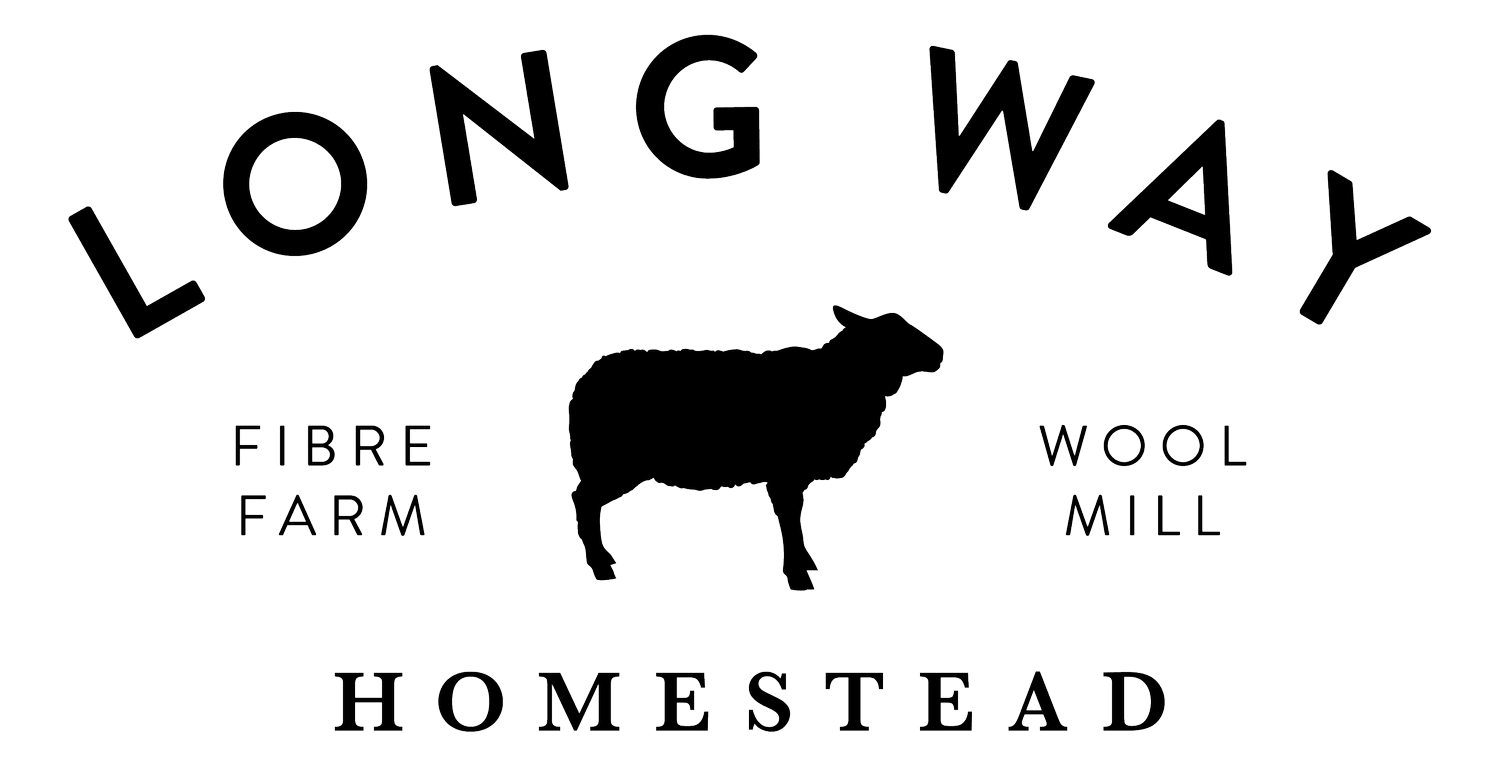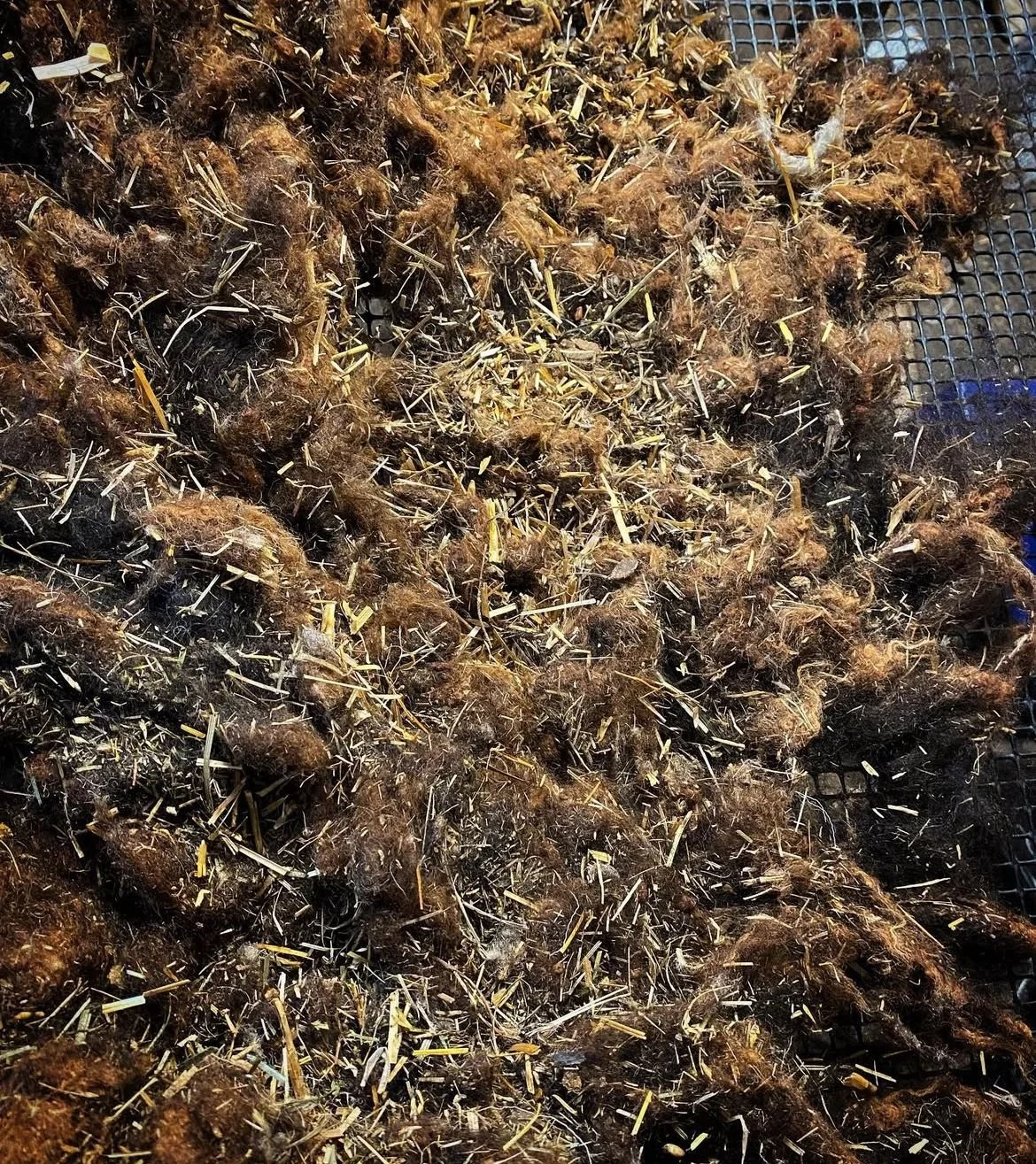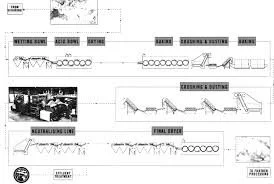Why is there vegetable matter in my yarn - Carbonization and your wool
If you have ever worked with 'farm yarn' or minimally processed yarn you probably noticed a bit more hay/straw or veggie matter (vm) in that yarn, compared to commercially produced yarn.
All sheep will come into contact with some vm regardless of the management style of each farm, some is dirtier than others, and some cannot be used at all.
a VERY contaminated fleece - sadly this one could not be used at all.
so why is it missing from your commercially produced yarn?
This is because of a process called carbonisation. The process of carbonisation essentially takes the VM that is cellulosic and breaks it down into carbon through these steps:
- immersing the wool in sulphuric acid (H2SO4) at 6% to 7% weight for volume.
- then the wool is baked in dryer at about 120 degrees celsius. These two steps will turn the VM into carbon.
- the wool is then passed through heavy weighted rollers that crushes the carbonised VM into dust.
- To remove the VM dust the fibre is put into a rotary shaker.
- The wool is acidic now due to the sulphuric acid bath. It will then be passed through an alkali solution of Sodium Carbonate to neutralize it.
- Then often wool will be put into a bath of Hydrogen Peroxide to improve the colour for dyeing.
from woolwise
Minimal Processing
In our mill and other small scale mills we do not carbonise the wool. We scour (remove the dirt and lanolin) the wool and run it through our 'tumbler'. This machine turns the fibre to allow any large pieces of straw or hay to fall out.
Then our carding machine will remove some other pieces of hay and straw as it cards the wool. However, it cannot remove all the VM.
We work with farmers to improve their management and feeding to limit VM contamination to begin with - and we do our best to source clean wool.
We don't mind working with yarn that has some VM in it - it reminds us that sheep turn grass into wool!




